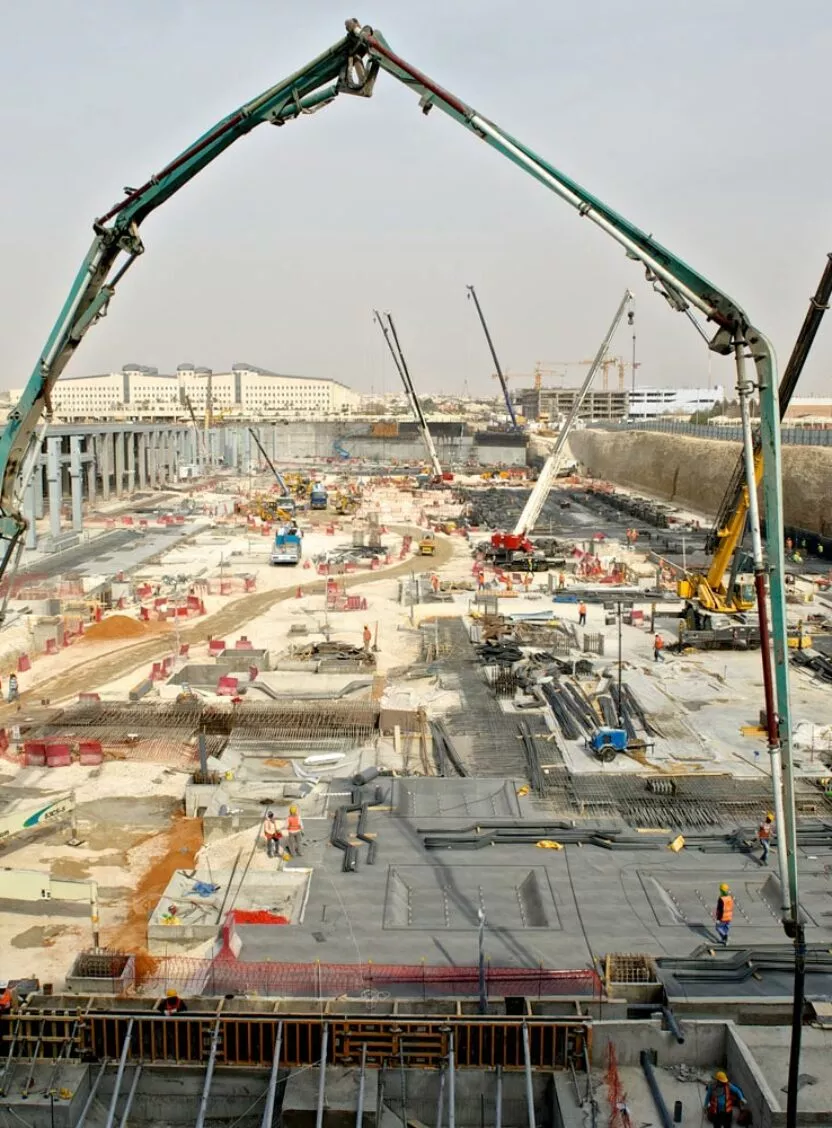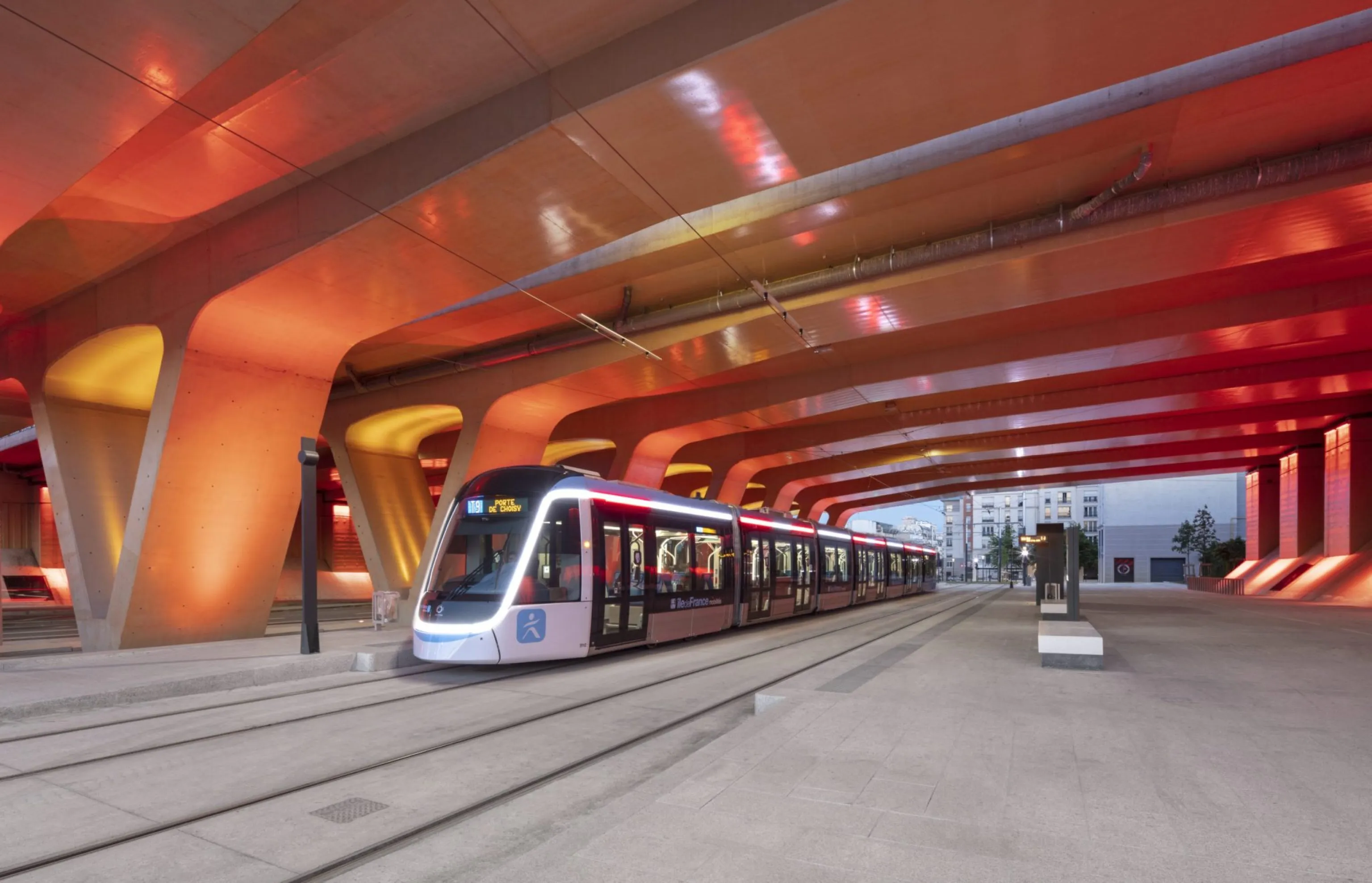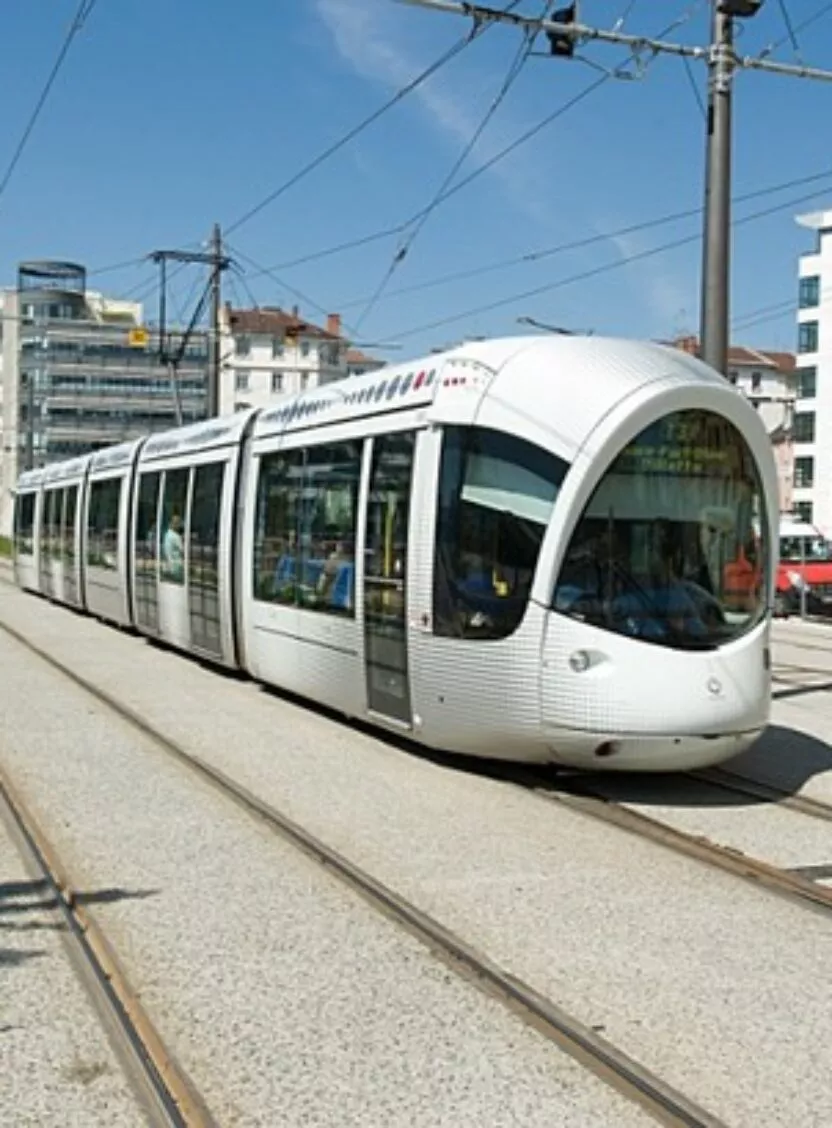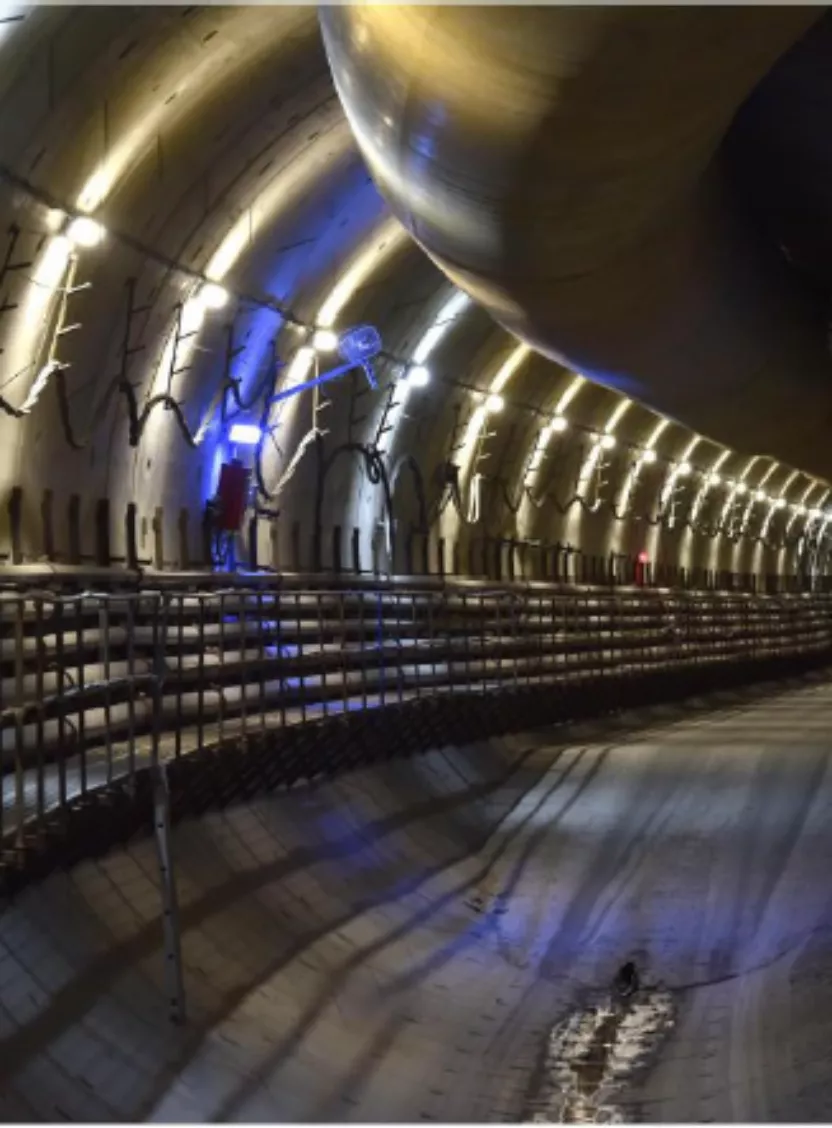

Urban transport
Involved in all modes of urban public transport, our teams have all the expertise needed to manage large-scale projects and design transport systems.
Offering a global and comprehensive vision of urban transport
An estimated 1.5 million people move into a city every week. The world’s urban population is expected to increase by 2.5 billion by 2050. This growing trend represents a crucial challenge in terms of mobility, particularly in terms of the impact on air quality and congestion in city centres. Multimodal urban transport plays an essential role in improving access to activities and facilities for all.
Our team’s approach is based on an integral vision of the project, covering all aspects of the system.
From metros to Bus Rapid Transit (BRT), tramways and cable cars, setec has expertise in all aspects of the design, operation and maintenance of transport networks.
© Richez Associés

